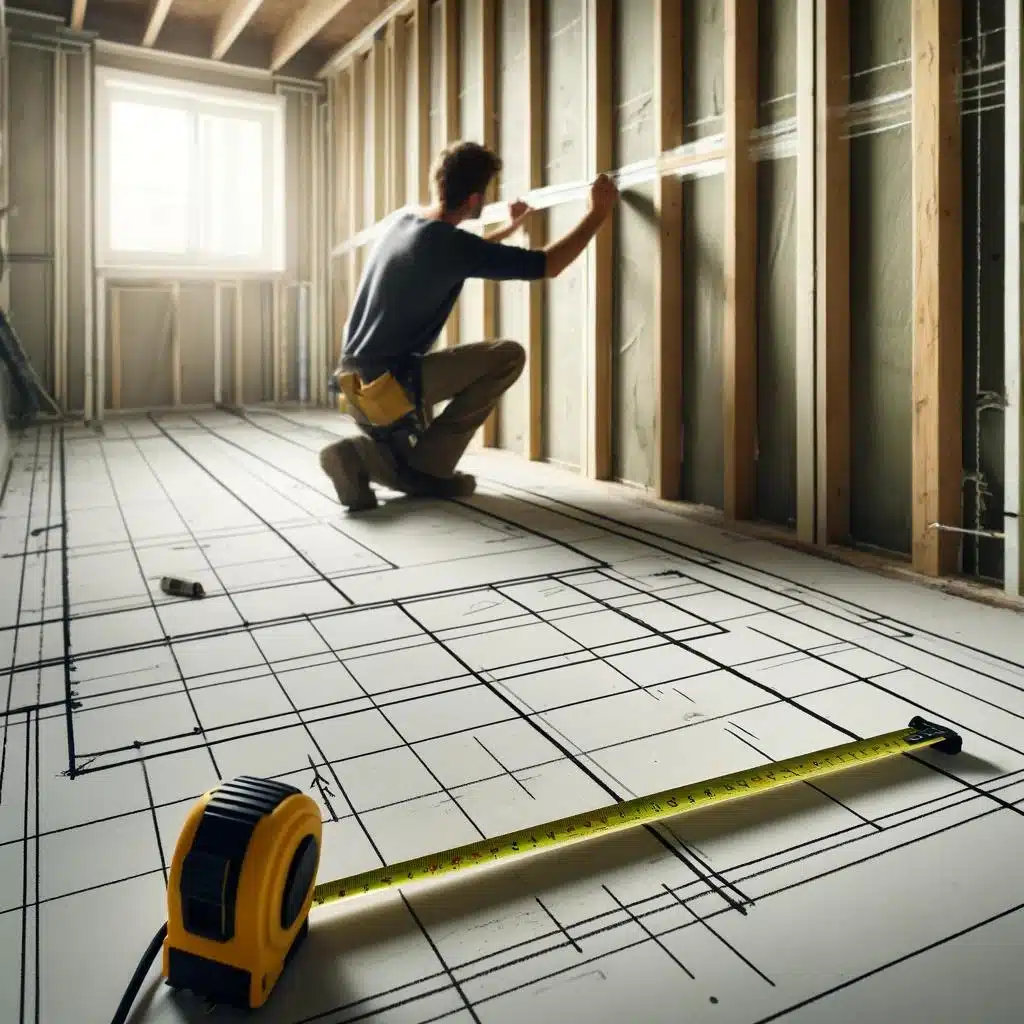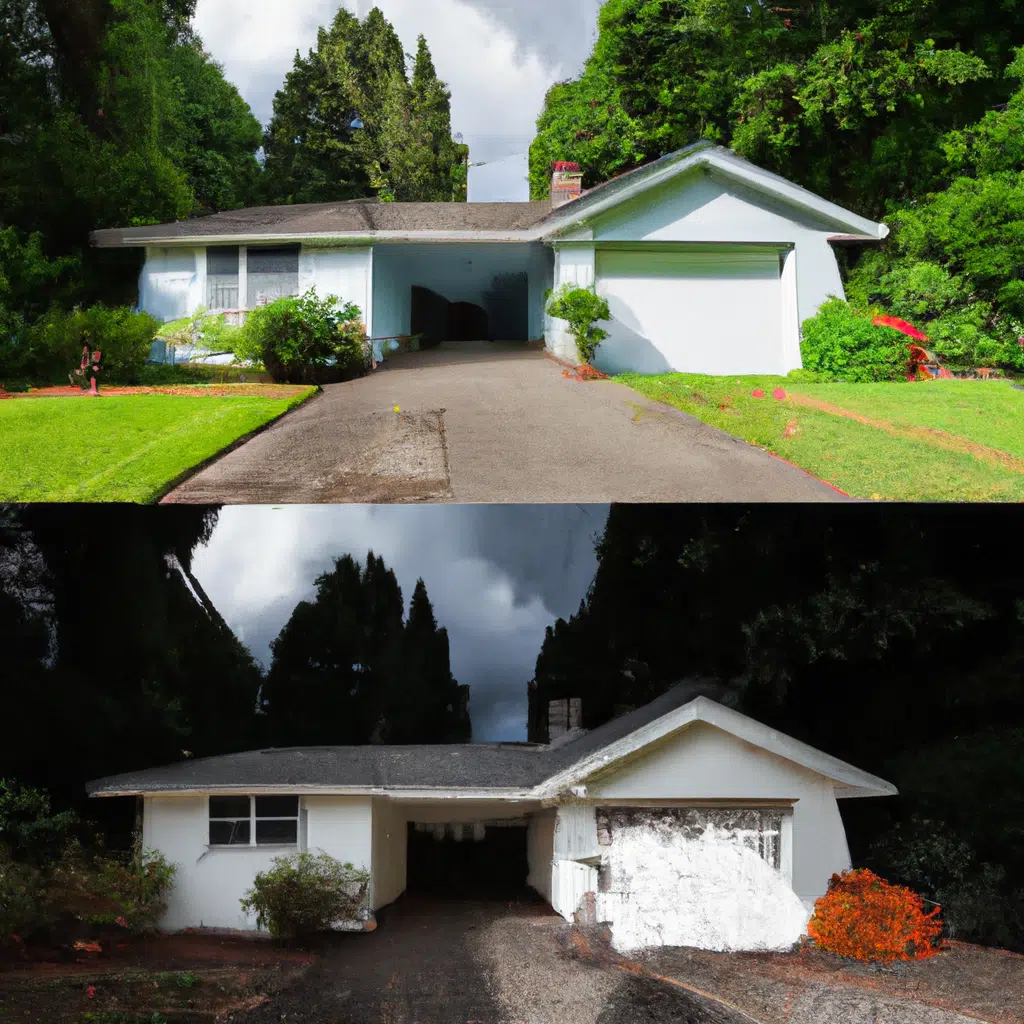When Remodeling a House What Should Be Done First?
Whether you are remodeling your home or simply renovating it, there are several things that you should do before you start. These things will help you make sure you get it done right.
Preventing water infiltration
During the design phase of your house, there are several strategies you can use to prevent water infiltration. One of these is to make sure the exterior finish is weather-resistant. You also want to make sure the walls are sealed against water intrusion. There are several other strategies that can help you prevent water infiltration, but these are the most basic.
A curtain drain is a shallow trench filled with gravel and perforated piping that intercepts water uphill of your house. The drain then moves it to a lower area, where it can be redirected to the house. It is also important to make sure the ground surrounding your home is sloped properly, so water doesn’t pool and seep into your basement.
Another strategy to prevent water infiltration is to use non-square edge materials on the exterior of your house. These materials allow water to drain behind the finish cladding layer and help prevent water infiltration from driving rain and other types of rain. You can also use flashing to help guide water away from the drainage plane.
Creating a timeline
Creating a timeline when remodeling a house can help you keep track of your project and its costs. The timeline will help you plan work efficiently and order materials on time. The timeline also helps you gauge progress, identify crew needs, and plan for contingency plans. It can also facilitate communication with the contractor and other team members.
You can also use the timeline to create a standard for making changes. You can use it to estimate how long it takes to complete each phase of the construction project. The timeline can also be used by the contractor to help him or her work with subcontractors.
The design phase can take anywhere from six weeks to three or four months. There are a number of factors that will affect the design phase including the size of the project, the number of design revisions needed, the length of the engineering process, and the need for surveys.
Exterior work can be delayed due to the weather, particularly in Texas, where rain is common one day and blistering heat the next. The design phase will also take longer if you plan to have several crews of subcontractors work on the project.
Creating a contingency
Creating a contingency when remodeling a house involves allocating a certain percentage of the total cost of the project as a buffer for unforeseen costs. The amount can range from five to twenty percent of the total investment. This amount will provide a safety net for unexpected costs and delays.
Construction projects can be complicated by lender rules and the details of the contract. The terms and conditions should be clearly outlined in the contract. Failure to do so can lead to misunderstandings and costly delays.
Construction contracts may specify that the construction contingency will be used only with the owner’s approval. Owners may also argue that money should not be used to pay for mistakes and negligence by the contractor.
Owner-funded contingencies are most commonly used on lump sum contracts, but can be used on almost any contract type. In these cases, the contingency amount will depend on the property’s age and condition.
The construction contingency allows the contractor to manage unexpected costs while keeping the project within budget. These funds may also be used to offset change orders.



